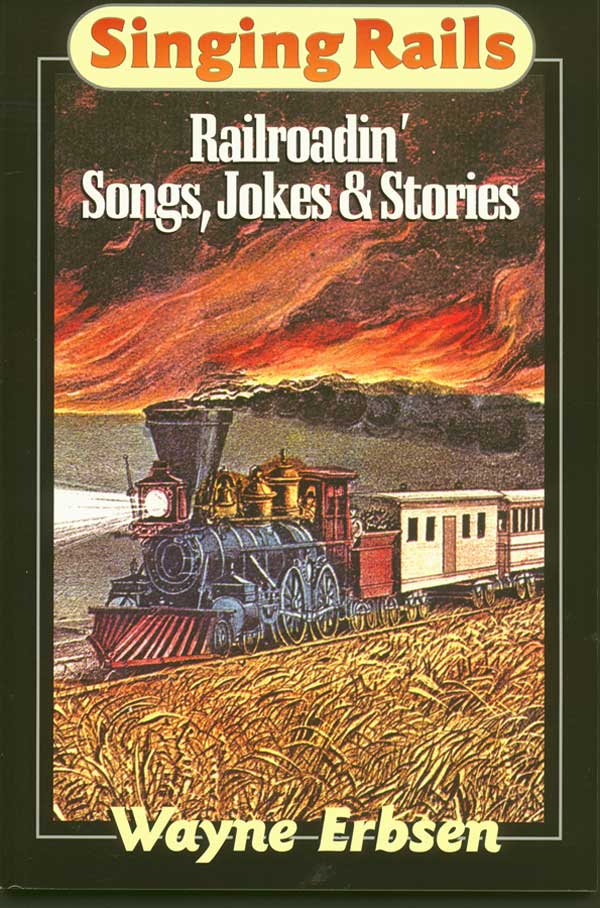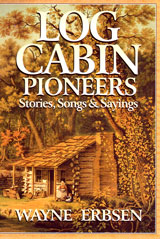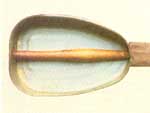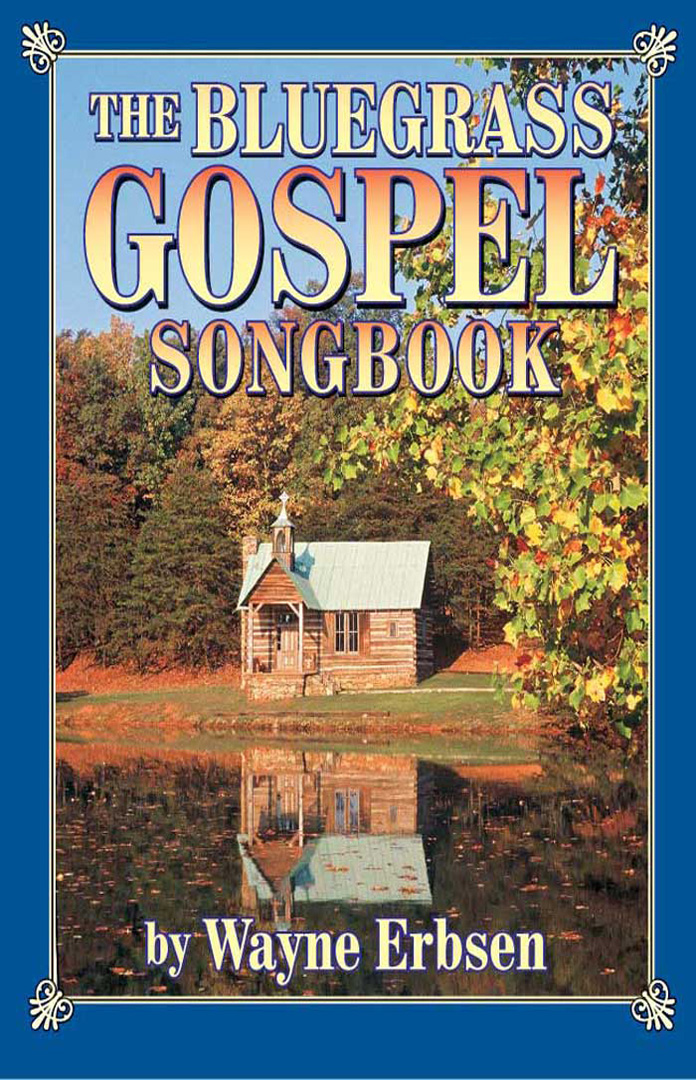Here you can stream the audio tracks for Bluegrass Mandolin for the Complete Ignoramus. The number below matches a number in a gramophone in your book.
Search Results for: 優秀的NSE5_FCT-7.0 软件版和資格考試中的領先材料供應商&最熱門的NSE5_FCT-7.0 考題寶典 🖌 免費下載⏩ NSE5_FCT-7.0 ⏪只需進入《 www.newdumpspdf.com 》網站NSE5_FCT-7.0題庫資訊
Audio Streaming for Flatpicking Guitar for the Complete Ignoramus
Here you can stream the audio tracks for Flatpicking Guitar for the Complete Ignoramus. The number below matches a number in a gramophone in your book.
Audio Streaming for Ukulele for the Complete Ignoramus
Here you can stream the audio tracks for Ukulele for the Complete Ignoramus. The number below matches a number in a gramophone in your book.
Audio Streaming for Old-Time Fiddle for the Complete Ignoramus
Here you can stream the audio tracks for Old-Time Fiddle for the Complete Ignoramus. The number below matches a number in a gramophone in your book.
Blue Sky Boys

By Wayne Erbsen
It all began with a misunderstanding. It was early June, 1936, and the teenage brother duet of Bill and Earl Bolick had just abruptly ended a three-month stint at radio WGST in Atlanta over a dispute with the sponsor, W.J. Fincher’s Crazy Water Crystals. Within a matter of days the Bolicks traveled to the RCA Victor studio in Charlotte, North Carolina, to fulfill a contract to make their first recordings.
Perhaps out of spite, W.J. Fincher passed on to RCA Victor the erroneous information that the brothers had broken up their act. For this reason, Eli Oberstein
Swannanoa Tunnel

Shielded from the rest of the state by towering mountains, residents in western North Carolina longed to connect to the rail system then being rebuilt after its near destruction during the Civil War. The chief obstacle to the construction was massive Old Fort Mountain, just east of Asheville, North Carolina. The engineer chosen for the task of building the difficult road was ex-Confederate major James Wilson.
Construction of the road began in 1877. Armed with $800,000 in state funds and 500 black convict laborers, Wilson was undaunted by the fact that his railroad would have to climb some 891 feet
The Ballad of Barbara Allen by Wayne Erbsen

No other old English or Scottish ballad even comes close to the popularity of “Barbara Allen.” Brought over to America by the earliest pioneers, its roots can be traced to at least the year 1666 when Samuel Pepys wrote in his diary on January 2, “In perfect pleasure I was to hear her [Mrs. Knipp, an actress] sing, and especially her little Scotch song of Barbary Allen.” Even Abraham Lincoln sang “Barbara Allen” while growing up in rural Indiana.
In America, “Barbara Allen” was sometimes called “Barbara Allen’s Cruelty or the Young Man s Tragedy.” It was also known as
The Dreaded Count-In
By Wayne Erbsen
Perhaps you’re a lurker at the bluegrass jam or pickin’ session. Sometimes you’ve heard the musicians count at the beginning of the songs with “one, two, three” or “one, two, three, four” and wondered how and why they’re doing that. You may have been in a position of having to start a song in a jam, and you’ve dreaded having to do the count-in. In either case, read on.
When it’s your turn to start a song in a jam, the surest way to get the other musicians to come in at the right place is to
How to Build Your Own “Hamdolin” by Wayne Erbsen

Five or six years ago, I was rooting around in a wrecking yard near my home, searching amidst a sea of abandoned cars for an exhaust manifold for my old Dodge van. Call it fate (or just outright compulsive curiosity), but for some reason I happened to peer through the window of an old truck, and I spotted two empty ham cans sitting peacefully on the seat.
 Well, right off, those pear-shaped tins reminded me of mandolins (we musicians tend to see music in almost everything), and that got me to thinking about the banjo-like instrument I’d once made out
Well, right off, those pear-shaped tins reminded me of mandolins (we musicians tend to see music in almost everything), and that got me to thinking about the banjo-like instrument I’d once made out
Bluegrass Gospel Songs

Many people search the Internet for the favorite bluegrass gospel songs.
In my opinion, here are many of the most popular traditional bluegrass gospel songs on earth.
A Beautiful Life, A Picture From Life’s Other Side, Ain’t Gonna Lay My Armor Down, Amazing Grace, Angel Band, Are You Washed in the Blood?, Beautiful, Church in the Wildwood, Come And Dine, Come Thou Fount, Crying Holy Unto My Lord, Daniel Prayed, Death is Only a Dream, Deep Settled Peace, Diamonds in the Rough, Don’t You Hear Jerusalem Moan?, Drifting Too Far From the Shore, From Jerusalem to Jericho, Give Me The

